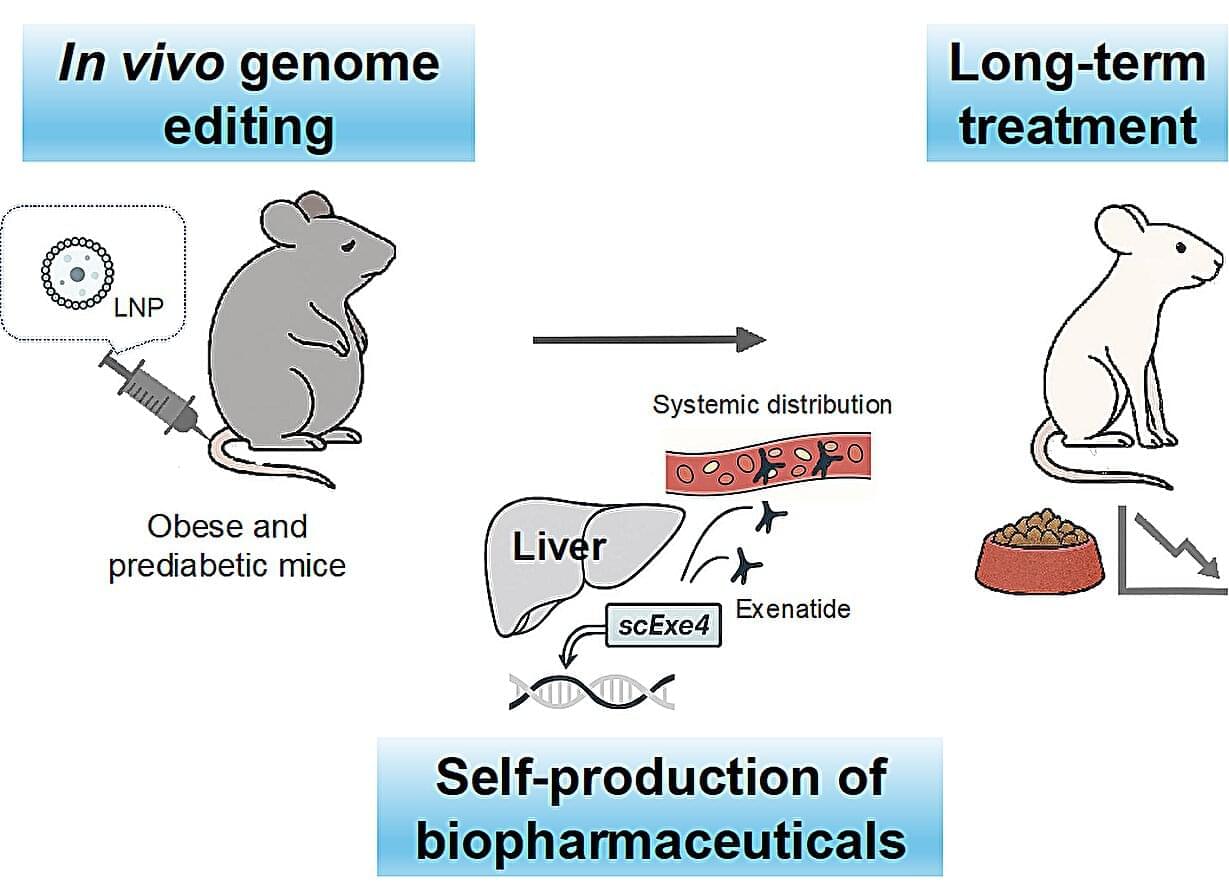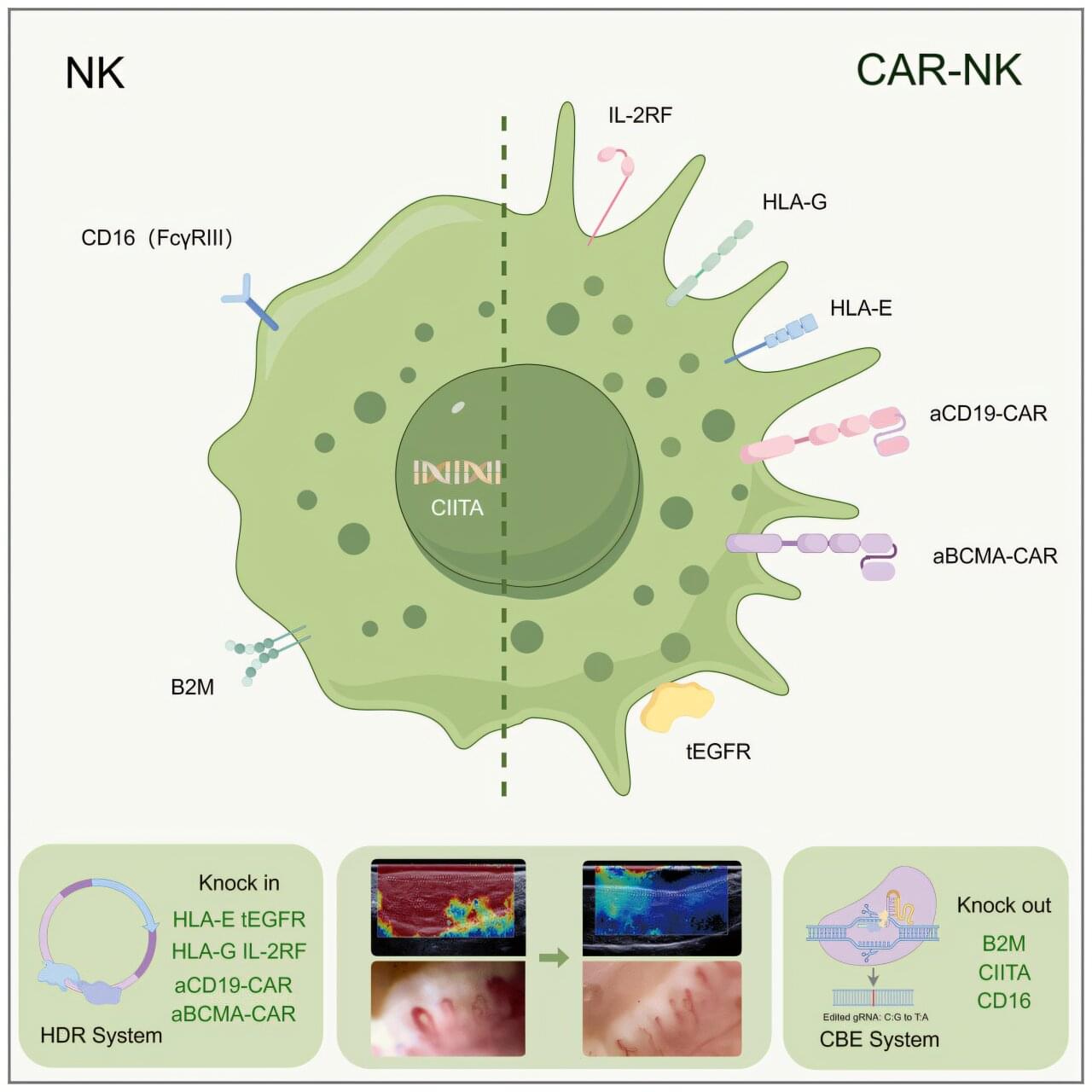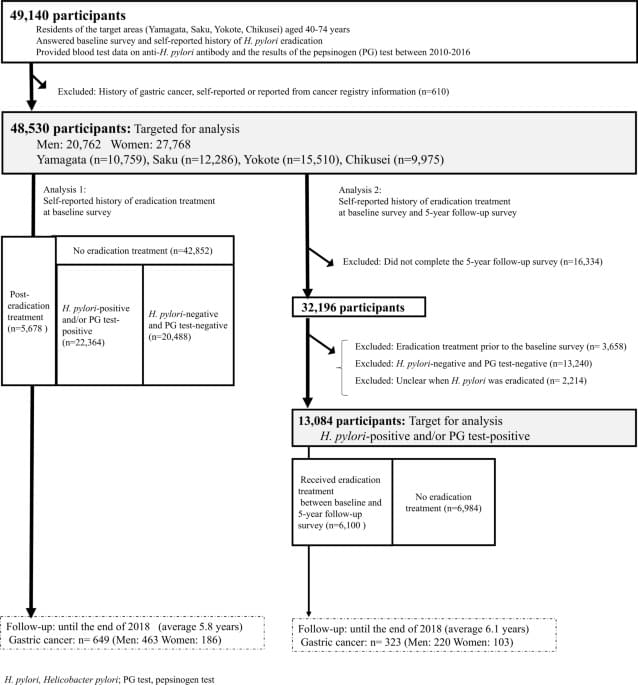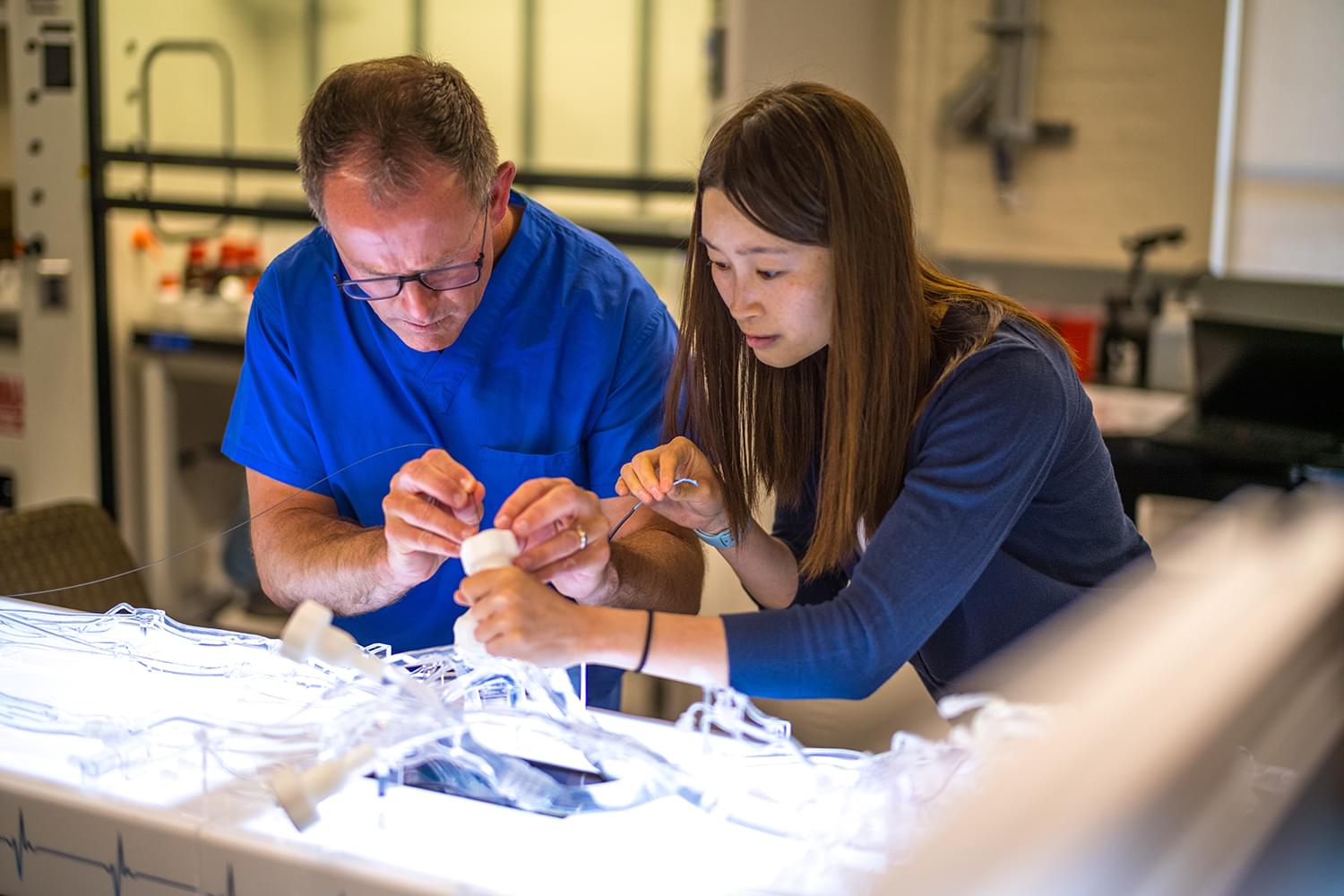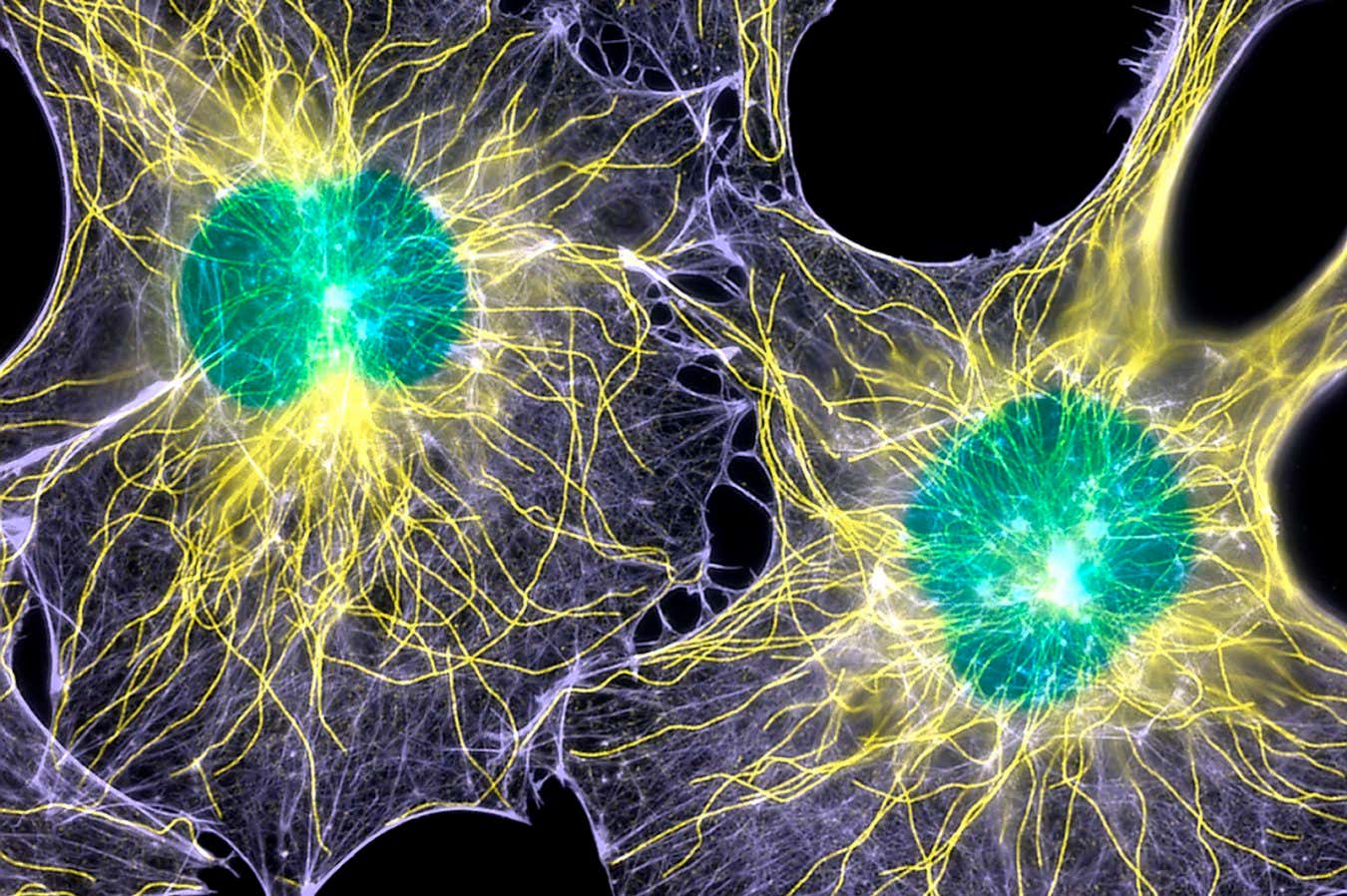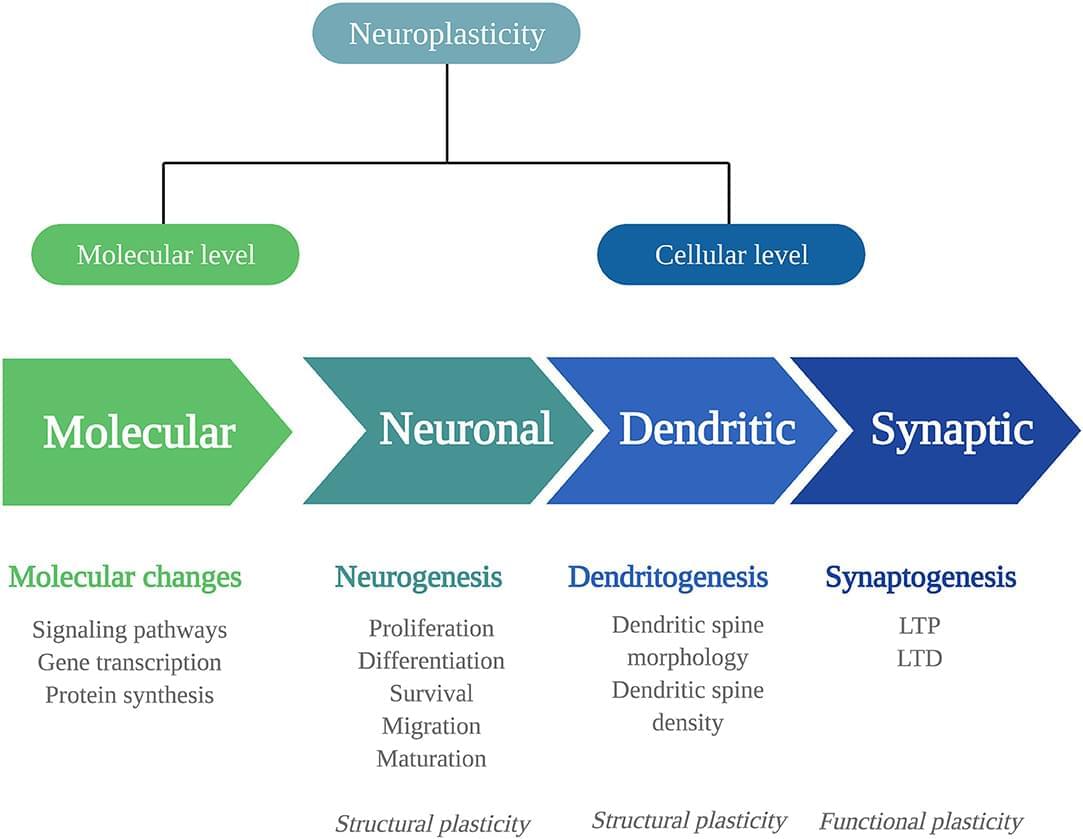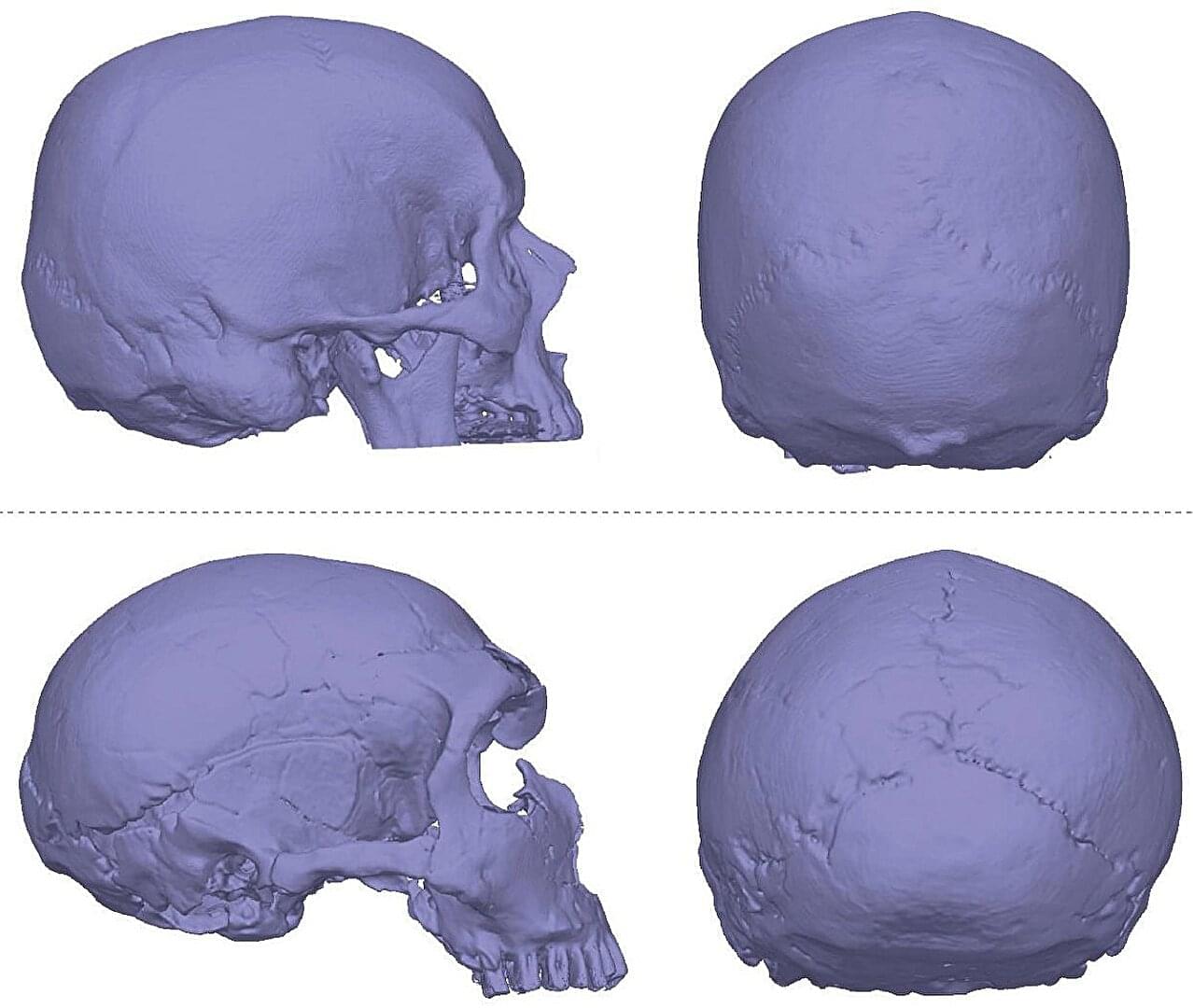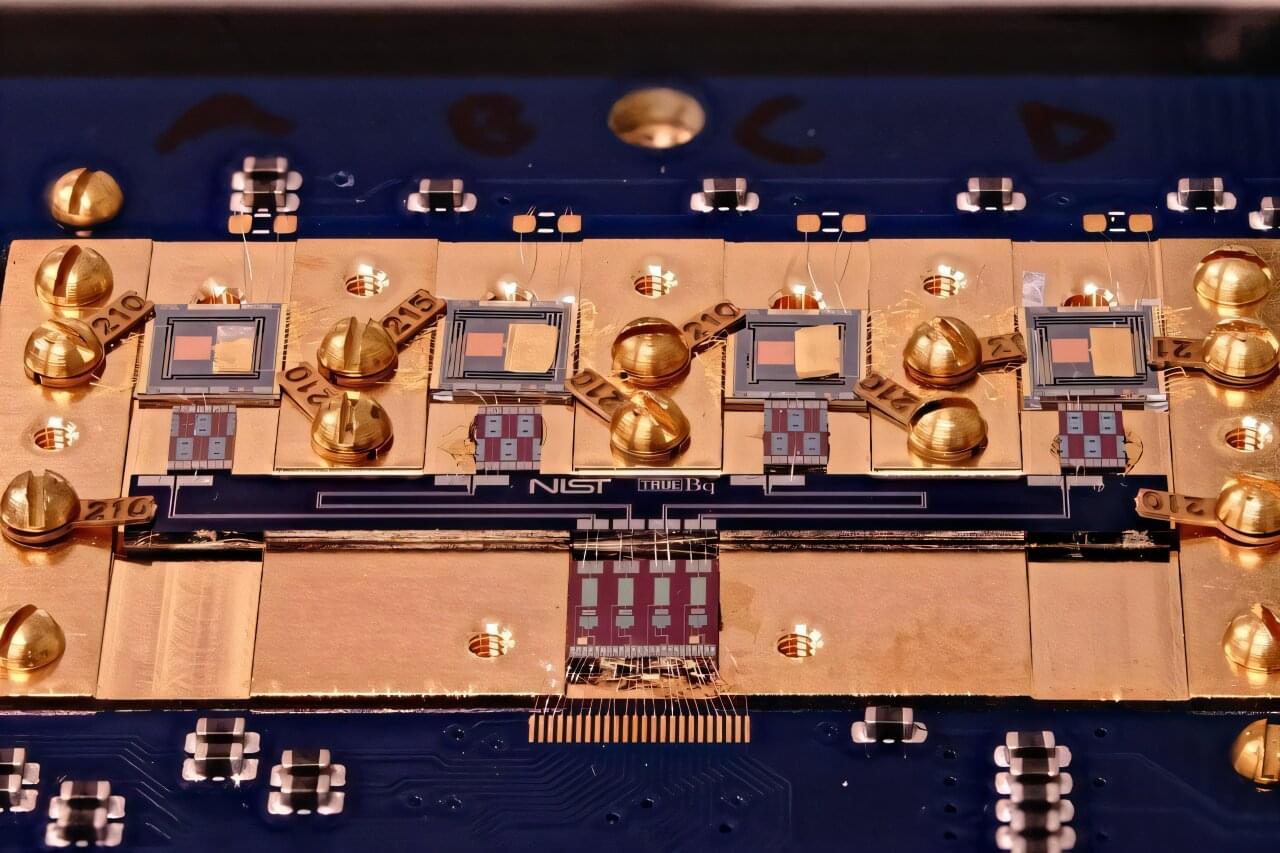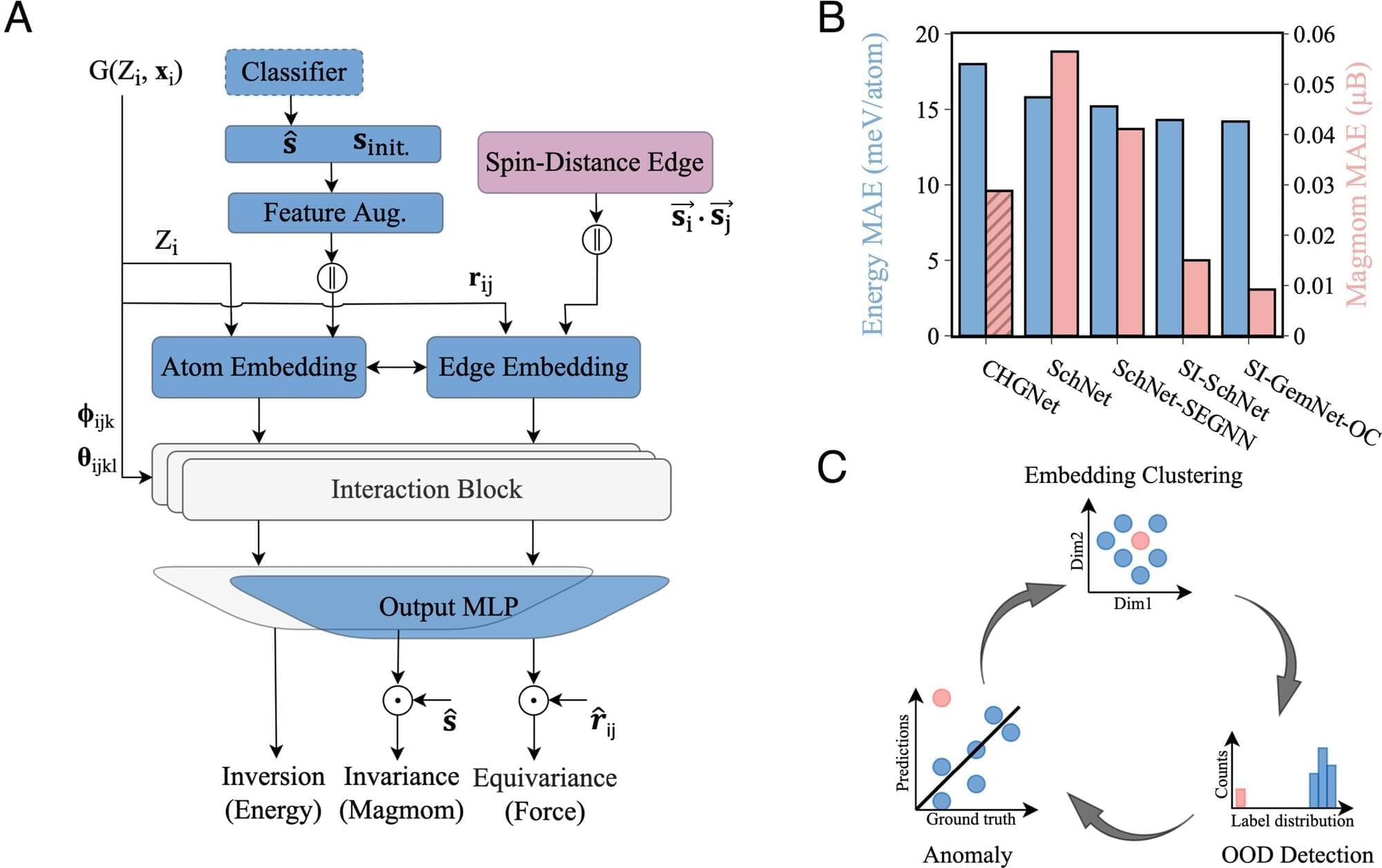Weight-loss drugs have surged in popularity, promising rapid results with regular injections. Now, researchers from Japan report a way for the body to make its own weight-loss drugs, doing away with injections in favor of a one-time treatment.
In the study, “Targeted In Vivo Gene Integration of a Secretion-Enabled GLP-1 receptor agonist Reverses Diet-induced Non-genetic Obesity and Pre-diabetes,” published in Communications Medicine, researchers from the University of Osaka reveal a modified genome editing approach to tackle noncommunicable, multifaceted diseases.
The approach introduced a new protein-coding gene, rather than attempting to correct a mutation in an existing gene and could be the key to lifelong effective weight management.
